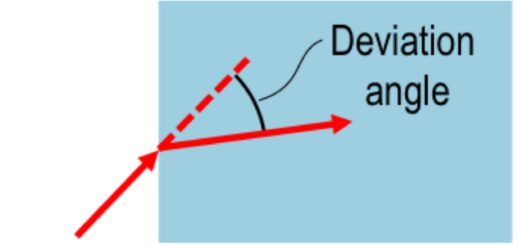What is business forecasting?
Business forecasting, The success of any kind business depends on its future estimates. Based on these estimates, the team or business person plan his prediction, stocks, selling markets, expansion of plans, arrangements of additional funds, loans etc.
Forecasting is different from prediction and projections. Regression, Time series, extrapolation, index numbers are some of the techniques through which prediction or projections are made.
Whereas forecasting is a method of foretelling the course of business activity based on the analysis of past and present data.
Forecasts are based on statistical analysis are much more reliable than guess work.
Main Aspects
The two main aspects of business forecasting are
- Historical analysis
- Analysis of current economic conditions
Historical Analysis
Basic idea is to understand the future of the business activity. Analysis of past data needs to carry with time series analysis like a trend, seasonal, cyclic variation, and irregular variations.
What is mean by trend?
The trend clearly shows what’s happened in the past and indicates the future of the business activity.
Seasonal variation indicates the likely changes in the near future whereas the study of cyclic variation depicts the state of the business.
Analysis of current economic conditions
The forecasting is very much affected by different activities like economic policies, industrial policies, traditions, import, export, war, etc.
Hence the study of all such factors is crucial for forecasting. If any slight variation in these factors will affect the prediction.
To get reliable information from business forecasting above two conditions study is essential.
What are the different types of business forecasting?
There are three basic categories of business forecasting.
- Naïve Method
- Barometric Methods
- Analytical Methods
Naïve methods contain only economic rhythm theory.
This implies forecasts made by the manufacturer himself regarding prediction, sales, dividends, etc.
In this method manufacturer analyses, the time series data of his own company and forecasts on the basis of projections so obtained.
The forecasts under this method are not much reliable.
Barometric methods cover following
Specific historical analogy
This method is based on “history repeat itself”. Based on past performance same kind s of movements are considered to occur now, with a certain amount of adjustments looking to some special cases.
Lead Lag relationship (Also known as sequence theory)
It’s based on the principle that changes in business occur in succession, not simultaneously, like a decrease in exchange rate causes the increase in wholesale prices which eventually increases the wholesale price.
Under this theory, an effort is made to determine the lag of time between the movement of business cycles.
Diffusion Index
The diffusion method index is based on the principle that different factors, affecting business, do not attain their peaks simultaneously.
Action-Reaction theory
Newton’s third law of motion has applied here, there is always a recession after prosperity and prosperity after recession.
The analytical methods contain
The factor listing method
Under this method, various factors that are likely to influence the business are identified by the analyst.
Each factor is studied closely and measure the impact of the factor upon aggregate business activity is favorable or not
Cross-Cut analysis theory
This is just the opposite of the historical analogy theory. Based on this theory past cycles cannot guide future predictions.
Basis this theory current policies, demands, availability of inputs, etc. change with the lapse of time.
Exponential Smoothing
It is a mathematical device for improving trends by moving the average method.
In this method, greater weights are given into recent data and lesser weights given into past data.
It has been observed that whenever there is an upward trend in the actual value of a time series, the forecast resulting from the single parameter exponential smoothing procedure is consistently low.
Econometric methods
Econometric methods involve economics, statistics, and mathematics. Used to analyze an econometric system that is useful in economic theory.
Usually in this method, an inter-relationship is established between a number of variables in an economic system.
Sample Size calculation formula
Opinion Polling
The idea behind this method is that the present attitudes of the people towards business can be real guide for evaluating the real change in business conditions in near future.
In this case opinions are invited from business experts, consumers and sales forces and these information’s analyzed for business forecasts.
One of the least expensive and suitable for short term business forecasts.
Conclusion
Forecasting is an estimate for some future period, partly based on past and present data and partially on subjective estimates arising out of experience and judgment of the forecaster.
Whereas prediction is an estimate based on the analysis of past data for a point outside the series and projections is a prediction based on certain assumptions.



